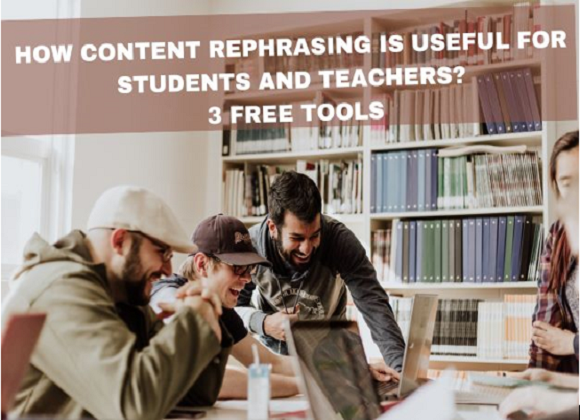Courses
Grow skills with quality courses
No society can surely be flourishing and happy, of which the far greater part of the members is poor and miserable.
~ Adam Smith
Poverty involves an infinite variety of circumstantial misfortune experienced both at the household level and the societal level. Poverty has many faces, changing from place to place and across time, and has been described in many ways. Extreme poverty strikes when household resources prove insufficient to secure the essentials of dignified living. The very poor are those who can hardly afford more than one meal a day and depend exclusively on a single source of income. That fragility is defined by a lack of education, the absence of work opportunities, the diminution of household backup resources, and exclusion from valuable social and decision-making networks.
Poverty has been described as a situation of “pronounced deprivation in well-being” and being poor as “to be hungry, to lack shelter and clothing, to be sick and not cared for, to be illiterate and not schooled…Poor people are particularly vulnerable to adverse events outside their control. They are often treated badly by institutions of the state and society and excluded from voice and power in those institutions.” (IBRD, 2000-2001: 15.)
Poverty elimination has remained a major challenge right from independence and lies at the core of India's national development agenda to create a just and equitable society. Given the limited resources, reliable estimation of poverty is the first step towards eradication of poverty as a basic input for the design, implementation, and monitoring of anti-poverty programs. Poverty measurement is also important to serve as a barometer of the extent of the success of strategies for inclusive growth and poverty reduction.
Two-thirds of people in India live in poverty: 68.8% of the Indian population lives on less than $2 a day. Over 30% even have less than $1.25 per day available - they are considered extremely poor.
About the author
Comments
Recommended by Gurushala

Technology & Innovation
-By Valentina MilanovaHow Content Rephrasing is Useful for Students and Teachers? 3 Free Tools

Stories of Indian Classrooms
-By GurushalaOn the course of continuous learning- An inspiring teacher story from Pune
Related Articles
